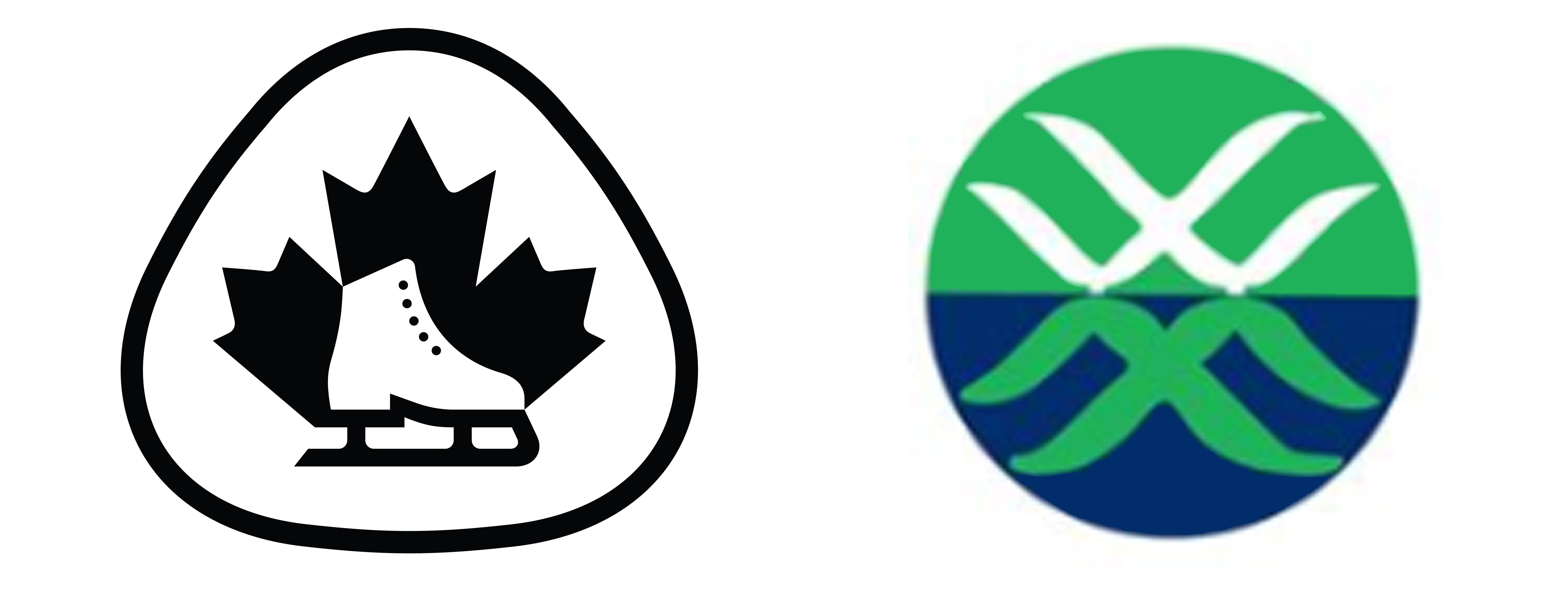Assessment Procedures and Tips - STAR 1-5
The STAR 1-5 program includes five levels of assessment in each discipline: Skills, Freeskate and Dance Coach assessment of the skater is a very important part of a skater’s development.
Each child will progress at his/her own pace, and will have immediate access to assessment when ready for advancement. Coaches will notify you of the upcoming session on which your skater will be assessed. Skaters will be assessed on their regular scheduled session time. The only exception to this may be some STAR 5 assessments that require clear ice. Your skater’s coach will provide you with the appropriate dates and times if the assessment requires “clear ice”.
Assessment Day
Hair should be neat; it is best to tie it back or put it up. This helps the coach to assess your posture as well as present a tidy appearance. Ensure that your skates and laces are clean and tidy. Coaches will inform the skater of the appropriate attire required for each assessment.
The following may be used as a suggestion for Assessment day attire: STAR 1 & 2: Regular practice attire acceptable
STAR 2 – 5: Performance attire recommended Gloves and jackets may be worn for warm-up, but should be removed for the assessment (if temperature provides).
Each skater will get time to warm up prior to their assessment. Skaters will need to obtain an overall rating of Silver or better to be successful on the assessment. Once the coach has completed his/her evaluation, the result will be given to the skater and be recorded by the club for submission to Skate Canada.
Assessment Day Fees
The Skate Canada fee for all STAR assessments is $12. The assessment fee must be paid one week prior to the skater being assessed.
STAR 1-5 Program Equipment & Attire Recommendations
1. Skates
Figure skates are preferred but not mandatory. Hockey skates may be worn in the STAR 1-5 program. Skaters at this level should be in a sturdy boot with a quality blade. Sharpening should be performed by a trained professional.
2. On-ice attire
Skaters should wear athletic clothing on the ice in layers. Clothes should be form fitting or close to it, to allow coaches to see the body line for proper execution of technique. Baggy, loose fitting attire is not acceptable. Gloves should be worn versus mittens, if temperature permits, to allow for more articulation of the hands and fingers.
3. Off-ice attire
All skaters should be in appropriate active wear for the off-ice class they will be attending. Appropriate foot wear must be worn as per the class they will be attending i.e. ballet shoes for ballet class, running shoes for fitness class etc.
4. Assessment Day attire
STAR 1 & 2: Regular practice attire acceptable
STAR 2 – 5: Performance attire required.
Gloves and jackets may be worn for warm-up, but should be removed for the assessment (if temperature provides). Hair should be neat and pulled back away from the face. Skates and laces should be clean and tidy.
5. Skate care and storage
Skates should be transported in a bag that allows for the following: gloves, extra laces, skate guards, small towel to dry skate blades, blade protectors, Band-Aids, extra socks or tights, hair elastics, hair brush, water bottle, tissues, etc.
Proper care of the skates should include:
Providing your child with appropriate skating equipment will help them improve their skating skills more quickly and will make their on-ice experience more enjoyable.
Note: check with your skater’s coach for exact information on equipment and attire expectation
**Information from Skate Canada Website
